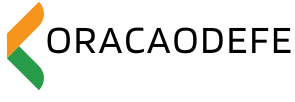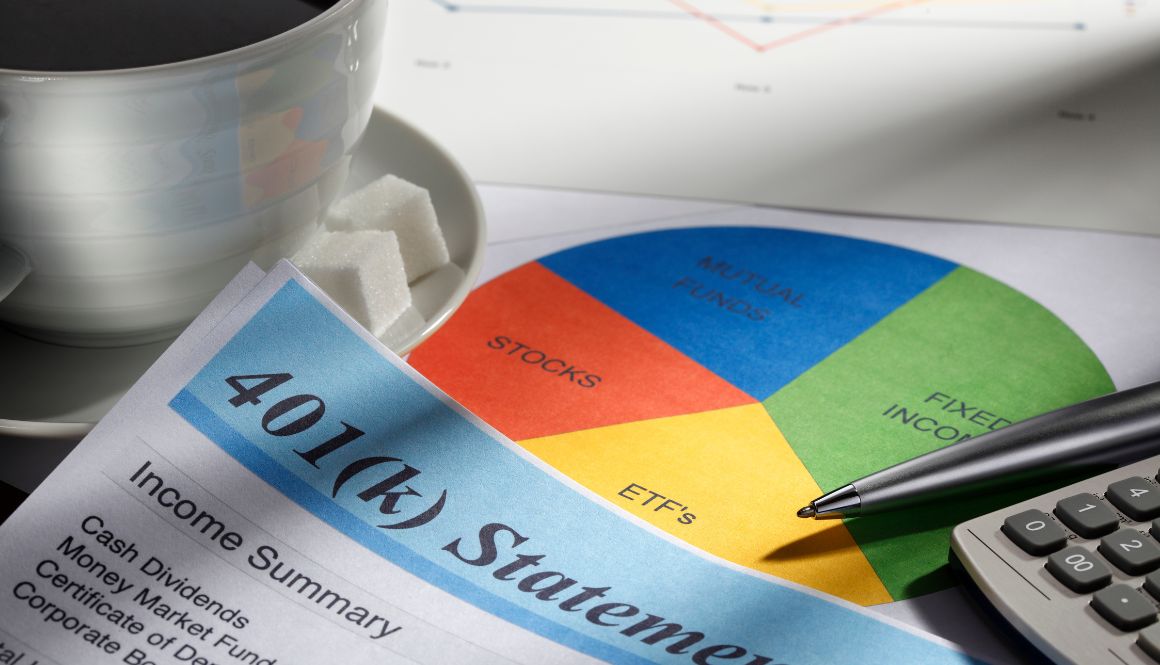Retirement planning can feel like stepping into uncharted territory, filled with jargon and decisions that shape your financial future. Whether you’re just starting your career or already thinking about life after work, choosing the right retirement account is critical to building a secure and comfortable future.
This article demystifies key retirement accounts like IRAs, Roth IRAs, 401(k)s, and more. By breaking down the basics, we’ll help you understand how these accounts work, their benefits, and how to decide which one suits you best. Let’s get started!
Introduction to Retirement Accounts
Retirement accounts are savings plans designed to help individuals accumulate funds for the years after they stop working. Many offer tax advantages to encourage saving, while businesses often contribute to employee plans as part of their benefits packages.
Whether you’re worried about covering basic living expenses or striving to travel the world once you retire, the right retirement account can help you manage your savings more effectively. The most popular types include IRAs, Roth IRAs, 401(k)s, and several others tailored to specific groups or needs.
Traditional IRAs
A Traditional IRA (Individual Retirement Account) is a versatile option allowing almost anyone with an income to save for retirement. Here’s how it works:
Key Features
- Tax Benefits: Contributions are tax-deductible in the year you make them, lowering your taxable income.
- Tax-Deferred Growth: Your investments grow tax-free until you withdraw funds in retirement.
- Withdrawals: Distributions are taxed as ordinary income and are required to begin at age 73 (for most individuals).
- Contribution Limits: Currently capped at $6,500 annually (or $7,500 annually if you’re aged 50+).
Who Benefits from a Traditional IRA?
A Traditional IRA is a great choice for individuals looking to reduce current taxable income, especially those in higher tax brackets today but anticipating being in a lower tax bracket during retirement.
Roth IRAs
A Roth IRA takes a different approach by offering tax-free withdrawals in retirement. For many, this can significantly outweigh the upfront tax savings of a Traditional IRA.
Key Features
- Tax Benefits: Contributions are made with after-tax dollars, meaning they won’t reduce your current taxable income.
- Tax-Free Growth: Investments grow tax-free, and qualified withdrawals are entirely tax-free.
- Flexibility: You can withdraw contributions (but not earnings) at any time without penalties.
- Income Limits: Eligibility depends on your income. For 2023, single filers must earn under $153,000 to contribute fully.
- Contribution Limits: Also capped at $6,500 annually ($7,500 for ages 50+).
Who Benefits from a Roth IRA?
Roth IRAs are ideal for younger individuals, those in lower tax brackets today, or anyone expecting to face higher tax rates in retirement.
401(k)s
A 401(k) is an employer-sponsored retirement plan that allows employees to contribute pre-tax dollars from their paycheck. Many employers offer matching contributions, which can be a significant boost to your savings.
Key Features
- Employer Matching: Some companies will match your contributions up to a specific percentage of your salary.
- Tax Advantages: Contributions lower your taxable income, and your investments grow tax-deferred.
- Higher Contribution Limit: $22,500 annually ($30,000 for ages 50+), significantly more than IRAs.
- Withdrawals: Distributions in retirement are taxed as ordinary income, and early withdrawals may incur a 10% penalty.
Who Benefits from a 401(k)?
Anyone with access to a 401(k) should strongly consider using it, especially if your employer matches contributions. Employer matches are effectively free money, and the higher contribution limits allow for faster savings growth.
Other Retirement Account Options
While IRAs and 401(k)s are among the most common retirement savings tools, there are several additional options you may want to explore based on your circumstances:
SEP IRA (Simplified Employee Pension)
Great for self-employed individuals or small business owners. Contributions are tax-deductible, grow tax-deferred, and the yearly contribution limit is higher than Traditional or Roth IRAs.
SIMPLE IRA (Savings Incentive Match Plan for Employees)
Designed for small businesses, SIMPLE IRAs allow both employer and employee contributions, making them similar to 401(k)s but with lower administrative requirements.
HSAs (Health Savings Accounts)
An HSA is technically for healthcare expenses, but it offers triple tax advantages that make it a powerful retirement savings tool. After age 65, you can use HSA funds for any purpose without penalty (though funds used for non-medical expenses are taxable).
How to Choose the Right Account
Selecting the right retirement account depends on your financial situation, goals, and tax strategy. Here’s a quick checklist to help you decide:
- Prioritize Employer Contributions
If your employer offers a 401(k) with matching, start here! Take advantage of their contributions before considering other accounts.
- Evaluate Your Tax Situation
-
- Choose a Traditional IRA or 401(k) if you want to lower your current taxable income.
- Opt for a Roth IRA if you prefer tax-free withdrawals in retirement or anticipate higher taxes in the future.
- Consider Income Limits
Make sure you’re eligible for the accounts you’re interested in, especially Roth IRAs with their income restrictions.
- Flexibility and Access
If you need early access to your contributions, a Roth IRA might suit you better.
- Self-Employment Options
For entrepreneurs, SEP IRAs or SIMPLE IRAs can help you save more and offer tax advantages.
Chart: Comparison of Retirement Accounts
| Account Type | Tax Advantage | Contribution Limit | Ideal For |
|——————-|—————————|——————–|——————————————————|
| Traditional IRA | Tax-deferred growth | $6,500/$7,500 | Reducing current taxable income |
| Roth IRA | Tax-free withdrawals | $6,500/$7,500 | Tax-free retirement income |
| 401(k) | Pre-tax contributions | $22,500/$30,000 | Employer matches and high contributions |
| SEP IRA | Tax-deductible contributions | 25% of earnings | Self-employed individuals, small business owners |
| SIMPLE IRA | Pre-tax contributions | $15,500/$19,000 | Small business employees and owners |
FAQ
Can I have both a 401(k) and an IRA?
Yes! Many people contribute to both for added flexibility in retirement planning.
What happens if I withdraw funds early?
Most accounts impose a 10% penalty on early withdrawals, along with applicable taxes. Exceptions may apply for medical expenses, first-time home purchases, or education.
How much should I contribute to my retirement accounts?
Aim to save at least 15% of your income annually, including employer matches, if applicable. Consider increasing your contributions over time.
Secure Your Future Today
Retirement may feel distant, but starting now pays off later. With the variety of accounts available, there’s an option to suit every lifestyle, income level, and goal.
Remember, there’s no one-size-fits-all solution. Assess your financial situation, explore your tax strategy, and prioritize accounts that maximize your savings. If you still feel unsure, consult a financial advisor to guide you.
Start small, stay consistent, and watch your retirement savings grow. After all, the best time to plan for tomorrow is today!

